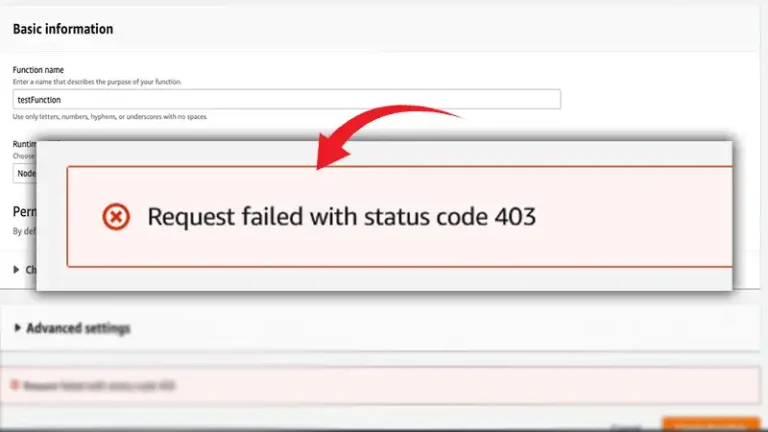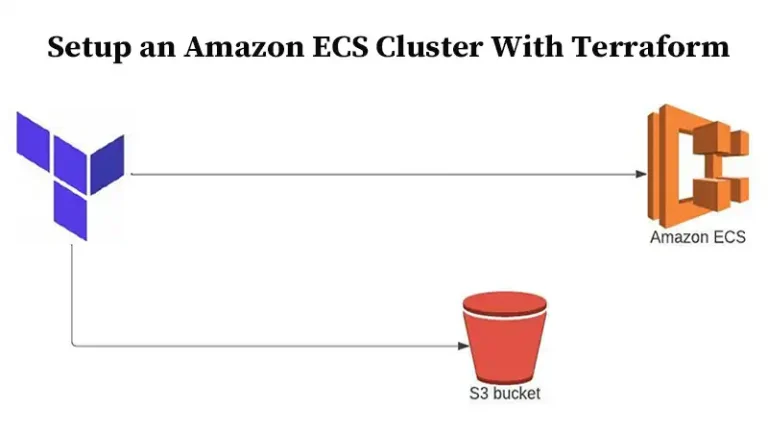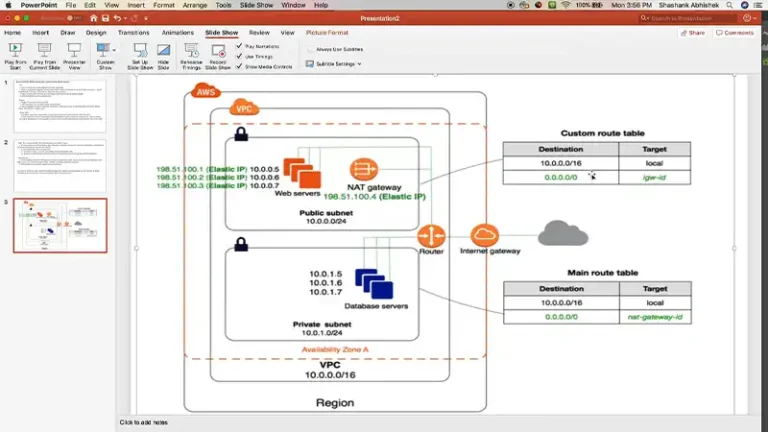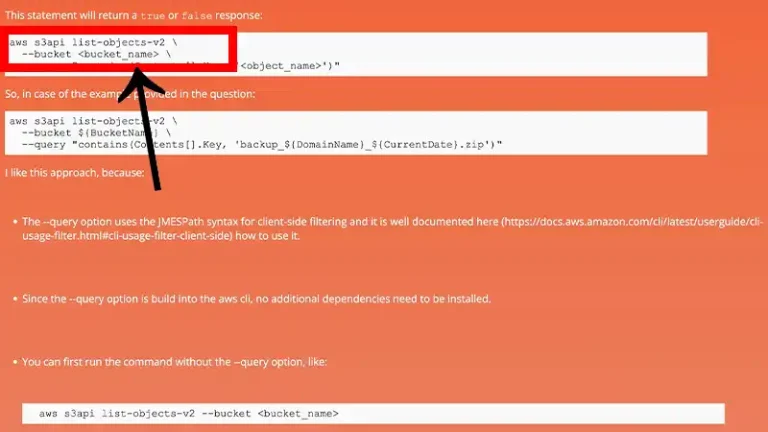AWS API Gateway vs Apigee | Which is Right for You?
In today’s digital ecosystem, businesses rely heavily on APIs to drive innovation and enable seamless connectivity between applications and services. As the demand for robust API management solutions are on the rise, platforms like AWS API Gateway and Apigee have emerged as industry leaders. But when the question of superiority arises, it can be a…

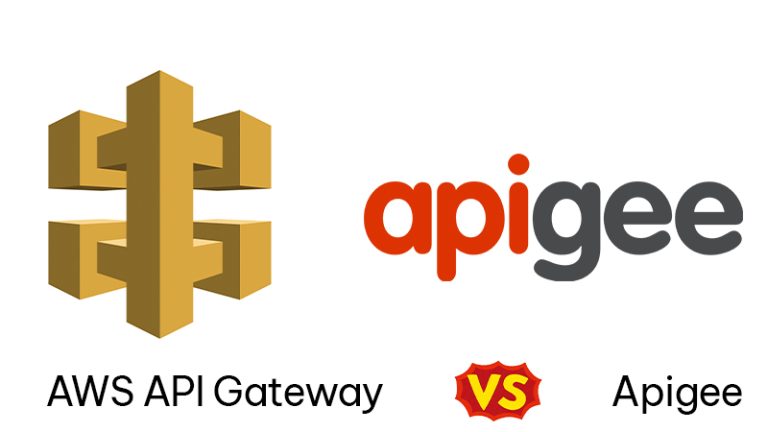
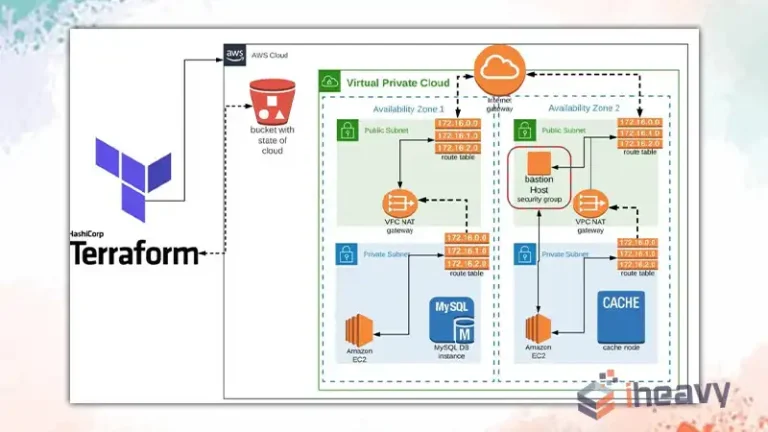
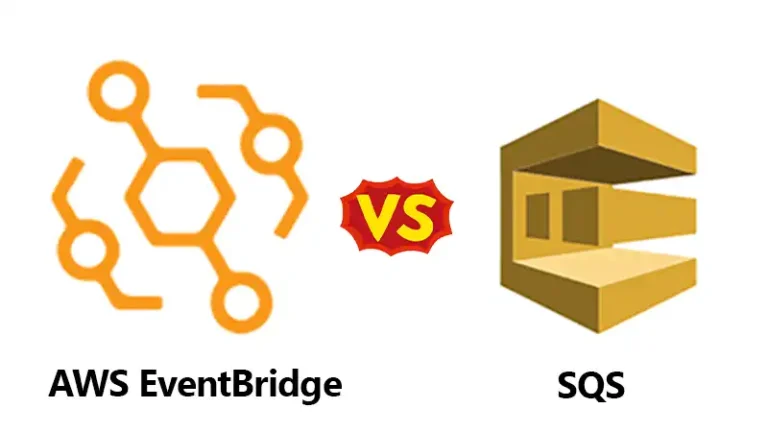
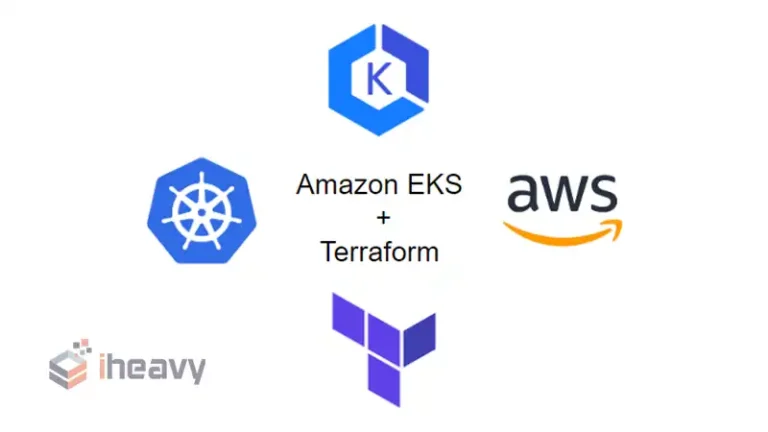
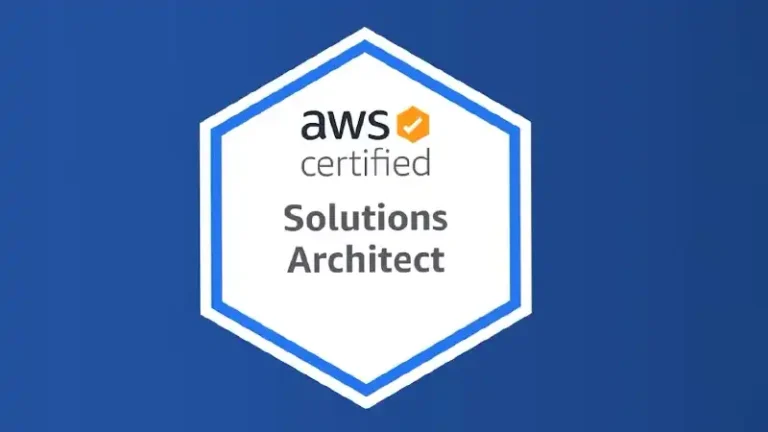
![[Answered] How To Migrate A Website To AWS?](https://www.iheavy.com/wp-content/uploads/2024/02/How-To-Migrate-A-Website-To-AWS-768x431.webp)
